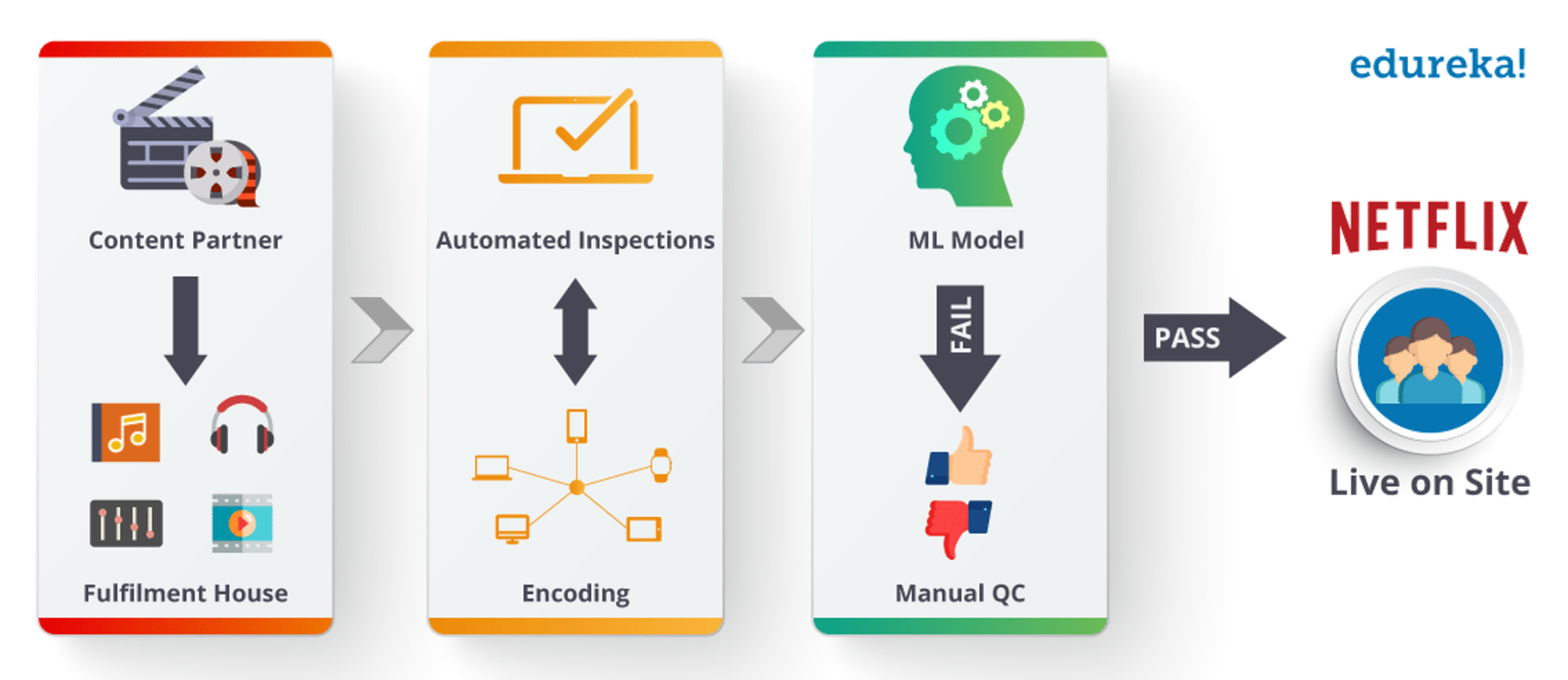All Categories
Featured
Table of Contents
On the various other hand, ML designers specialize in building and deploying artificial intelligence versions. They concentrate on training versions with data to make forecasts or automate tasks. While there is overlap, AI designers handle even more diverse AI applications, while ML engineers have a narrower emphasis on artificial intelligence algorithms and their sensible application.
Machine understanding designers focus on creating and releasing equipment learning models into manufacturing systems. On the various other hand, data researchers have a broader duty that includes data collection, cleaning, exploration, and building designs.
As companies progressively take on AI and machine understanding technologies, the need for proficient specialists expands. Artificial intelligence designers deal with advanced projects, add to technology, and have competitive incomes. However, success in this field needs continuous knowing and staying up to date with developing technologies and techniques. Artificial intelligence roles are usually well-paid, with the potential for high earning capacity.
ML is fundamentally various from conventional software advancement as it concentrates on training computers to learn from data, instead of programming specific policies that are implemented methodically. Unpredictability of results: You are most likely used to composing code with predictable outputs, whether your feature runs once or a thousand times. In ML, nonetheless, the results are much less particular.
Pre-training and fine-tuning: How these designs are trained on large datasets and then fine-tuned for specific tasks. Applications of LLMs: Such as text generation, belief evaluation and information search and retrieval.
The 9-Minute Rule for Machine Learning Engineer: A Highly Demanded Career ...
The capability to manage codebases, merge adjustments, and settle problems is just as crucial in ML development as it is in conventional software projects. The skills developed in debugging and testing software application applications are very transferable. While the context could change from debugging application reasoning to determining problems in information processing or design training the underlying principles of organized investigation, hypothesis screening, and repetitive refinement coincide.
Maker understanding, at its core, is greatly reliant on data and probability theory. These are important for recognizing how algorithms find out from data, make predictions, and evaluate their efficiency.
For those thinking about LLMs, an extensive understanding of deep knowing architectures is helpful. This includes not just the mechanics of neural networks however also the style of particular designs for different usage cases, like CNNs (Convolutional Neural Networks) for image handling and RNNs (Recurring Neural Networks) and transformers for sequential data and all-natural language processing.

You should know these problems and discover methods for identifying, mitigating, and connecting about prejudice in ML versions. This consists of the possible impact of automated decisions and the ethical effects. Several versions, particularly LLMs, require significant computational resources that are typically given by cloud platforms like AWS, Google Cloud, and Azure.
Structure these skills will not only help with an effective transition into ML yet additionally guarantee that designers can contribute properly and responsibly to the development of this dynamic field. Concept is vital, yet absolutely nothing beats hands-on experience. Beginning servicing projects that enable you to apply what you've found out in a practical context.

Construct your projects: Start with simple applications, such as a chatbot or a message summarization device, and gradually enhance complexity. The area of ML and LLMs is rapidly advancing, with new innovations and technologies arising regularly.
New Course: Genai For Software Developers Can Be Fun For Anyone
Contribute to open-source projects or write blog messages about your knowing journey and tasks. As you gain know-how, begin looking for opportunities to integrate ML and LLMs into your work, or seek brand-new functions concentrated on these innovations.
Possible use situations in interactive software application, such as recommendation systems and automated decision-making. Understanding unpredictability, standard analytical steps, and possibility circulations. Vectors, matrices, and their function in ML formulas. Error minimization techniques and gradient descent discussed merely. Terms like model, dataset, functions, tags, training, reasoning, and recognition. Information collection, preprocessing methods, design training, assessment processes, and implementation considerations.
Decision Trees and Random Woodlands: Intuitive and interpretable models. Matching problem kinds with proper versions. Feedforward Networks, Convolutional Neural Networks (CNNs), Recurring Neural Networks (RNNs).
Data circulation, improvement, and function engineering techniques. Scalability principles and performance optimization. API-driven strategies and microservices integration. Latency administration, scalability, and version control. Continual Integration/Continuous Release (CI/CD) for ML workflows. Model tracking, versioning, and efficiency tracking. Finding and dealing with changes in model efficiency gradually. Dealing with performance traffic jams and resource monitoring.
See This Report about Aws Certified Machine Learning Engineer – Associate
You'll be introduced to three of the most relevant parts of the AI/ML self-control; monitored knowing, neural networks, and deep understanding. You'll understand the differences between traditional programming and device learning by hands-on development in monitored learning prior to developing out complex dispersed applications with neural networks.
This course acts as a guide to machine lear ... Show Much more.
The ordinary ML workflow goes something similar to this: You need to comprehend the organization issue or purpose, before you can try and resolve it with Artificial intelligence. This often suggests research study and collaboration with domain name level specialists to define clear purposes and needs, as well as with cross-functional teams, consisting of data scientists, software engineers, product managers, and stakeholders.
Is this working? An important component of ML is fine-tuning models to obtain the desired end outcome.
This might involve containerization, API growth, and cloud implementation. Does it continue to work now that it's online? At this phase, you monitor the performance of your deployed designs in real-time, determining and attending to problems as they develop. This can additionally mean that you update and retrain designs consistently to adapt to transforming information distributions or business needs.
The Buzz on Certificate In Machine Learning

Device Understanding has taken off over the last few years, many thanks partially to developments in information storage space, collection, and calculating power. (As well as our wish to automate all things!). The Equipment Knowing market is predicted to reach US$ 249.9 billion this year, and after that remain to expand to $528.1 billion by 2030, so yeah the demand is pretty high.
That's just one task posting web site additionally, so there are also extra ML work available! There's never been a much better time to obtain into Artificial intelligence. The need is high, it's on a quick growth path, and the pay is wonderful. Talking of which If we take a look at the current ML Designer work uploaded on ZipRecruiter, the average wage is around $128,769.
Right here's the important things, technology is among those markets where several of the most significant and ideal people worldwide are all self educated, and some even openly oppose the concept of individuals obtaining an university level. Mark Zuckerberg, Costs Gates and Steve Jobs all quit prior to they obtained their levels.
The smart Trick of What Do I Need To Learn About Ai And Machine Learning As ... That Nobody is Discussing
As long as you can do the work they ask, that's all they actually care about. Like any kind of new skill, there's definitely a learning curve and it's going to really feel tough at times.
The main distinctions are: It pays insanely well to most other occupations And there's a recurring learning element What I mean by this is that with all tech duties, you have to remain on top of your game to ensure that you understand the existing abilities and adjustments in the market.
Review a couple of blog sites and try a couple of devices out. Sort of simply how you might find out something new in your present work. A great deal of people that operate in technology really appreciate this since it indicates their task is always altering somewhat and they enjoy learning new things. It's not as busy a modification as you might think.
I'm mosting likely to discuss these skills so you have an idea of what's needed in the job. That being said, a great Artificial intelligence training course will show you nearly all of these at the same time, so no requirement to stress and anxiety. Several of it may even appear difficult, but you'll see it's much simpler once you're using the concept.
Table of Contents
Latest Posts
How To Land A High-paying Software Engineer Job Without A Cs Degree
A Day In The Life Of A Software Engineer Preparing For Interviews
Common Mistakes To Avoid In A Software Engineer Behavioral Interview
More
Latest Posts
How To Land A High-paying Software Engineer Job Without A Cs Degree
A Day In The Life Of A Software Engineer Preparing For Interviews
Common Mistakes To Avoid In A Software Engineer Behavioral Interview